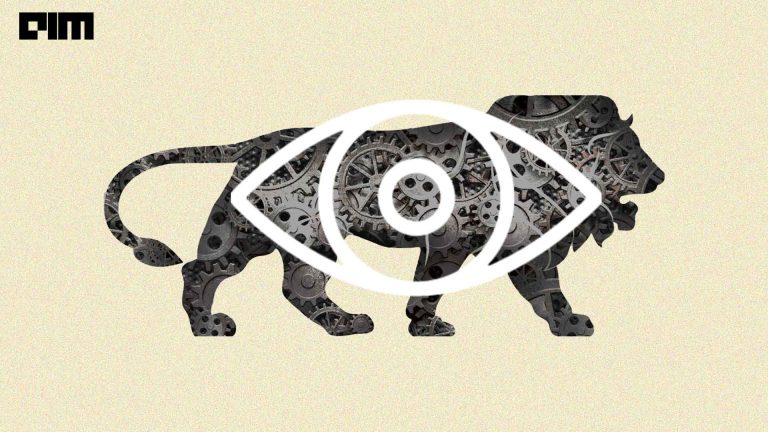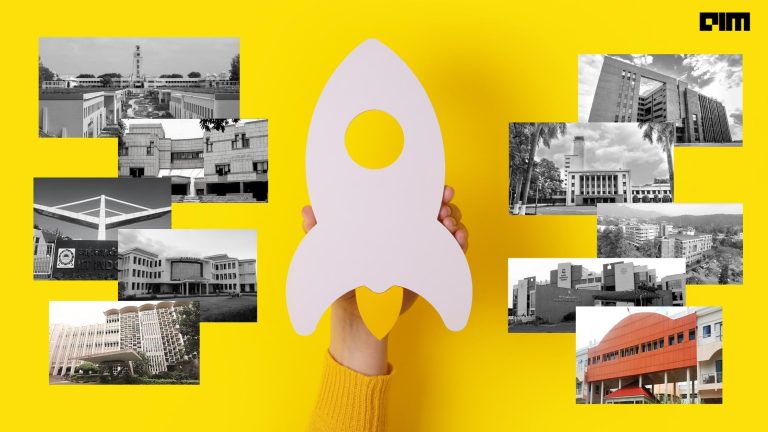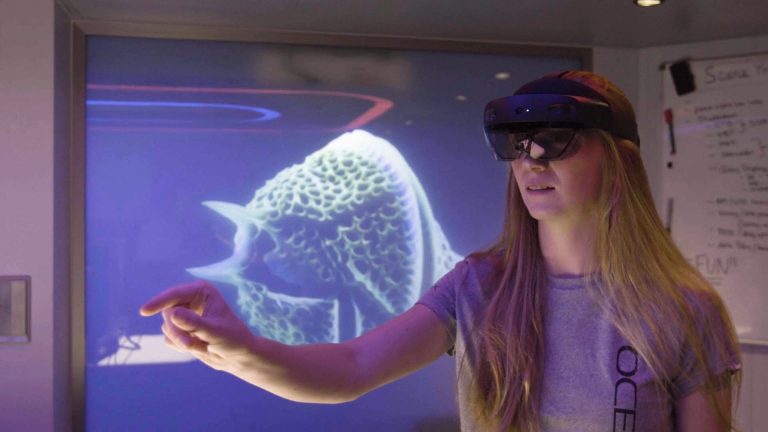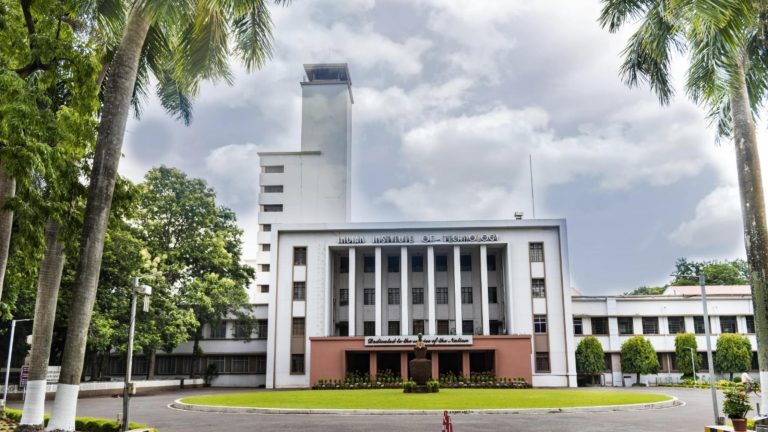Neutrons in reactors that are given off by fission reaction can breed more fuel from non-fissionable isotopes. The most common breeding reaction is that of Plutonium-239 (Pu239) and non-fissionable Uranium-239 (U239). But fast breeders are capable of producing more fissionable fuel than they use and are therefore more serviceable.
There is no fast breeder reactor in India so far, although work on one in Kalpakkam in West Bengal has been going on. Recently IIT-Kharagpur (IIT-KGP) shared it had entered into a collaboration with Indira Gandhi Centre for Atomic Research (IGCAR) to carry out research related to the design and development of fast-breeder reactors (FBRs), work on which is has been going on since more than 28 years.
What Are Fast Breeder Reactors (FBRs)
FBRs aren’t quite like the conventional nuclear plants. The neutrons involved in these reactors travel at very high velocities, carrying energies of 5 MeV or greater, while sustaining the atomic chain reaction. This is different from conventional reactors where there are thermal neutrons used in thermal reactors. They generate more atomic fuel than they consume and are run by fast neutrons which need a fissile-rich fuel, instead of a neutron moderator. They have the potential to supply almost unlimited supply of electricity.
The absence of a moderator gives an advantage since the reactor can be smaller in size and also reduces the complexity by some extent. This type of reactor is capable of generating more fuel than it consumes, a behaviour typically made possible by uranium. Additionally, the lack a moderator leads to the lack of systems that remove neutrons from the system. These reactors can use all the fuel from the nuclear waste and additionally help in reducing nuclear radiotoxicity. Fast reactors can help extract up to 70 percent more energy than conventional reactors.
Home-Made Ingredients
Though the design of FBTR was partly obtained from France, the construction was essentially an indigenous effort — the fuel, the sodium coolant and components. This project by India is perhaps its biggest achievement. These reactors traditionally have uranium, but since it is not very common in India, the reactor will use thorium, for which India is the second largest store in the world. The Prototype Fast Breeder Reactor (PFBR) in Kalpakkam uses rods of thorium.

Pallab Dasgupta, Dean, Sponsored Research and Industry Consultancy said, “The collaboration between IGCAR and IIT-Kharagpur is of huge strategic importance. IIT-Kharagpur has the necessary expertise to provide R&D support to IGCAR in core areas like safety critical and reliable software, health monitoring of reactors, materials and manufacturing”.
Use To India
The best things about this project is that both the bodies involved further aim to functionalise the fully-indigenous FBRs for the commercial production of nuclear power. The aim is to have an indigenous design and development of reliable software, electronic and structures. This will make India the second country in the world, after Russia, to use a novel nuclear technology.
IGCAR has been into pursuing a home-made technology development for sodium-cooled FBRs since 1971. It has also designed India’s first ever techno-commercial demonstrator fast breeder reactor called the 500 MWe Prototype Fast Breeder Reactor.
It is different from the Russia’s reactor in ways that it utilises that Russia’s reactor utiliser elemental uranium, and we use thorium. Other countries like Japan, France and China also have programmes to develop their own fast breeder technologies, but haven’t achieved success so far.
According to the Climate Change Performance Index, India has been considered as one of the few countries of the world that have started to make efforts to limit the increasing global warming. One of the main reasons for this rank was because it had the lowest emission per person among the major economies. With attempts like the FBRs, it is making the use of nuclear energy to combat climate issues.








































